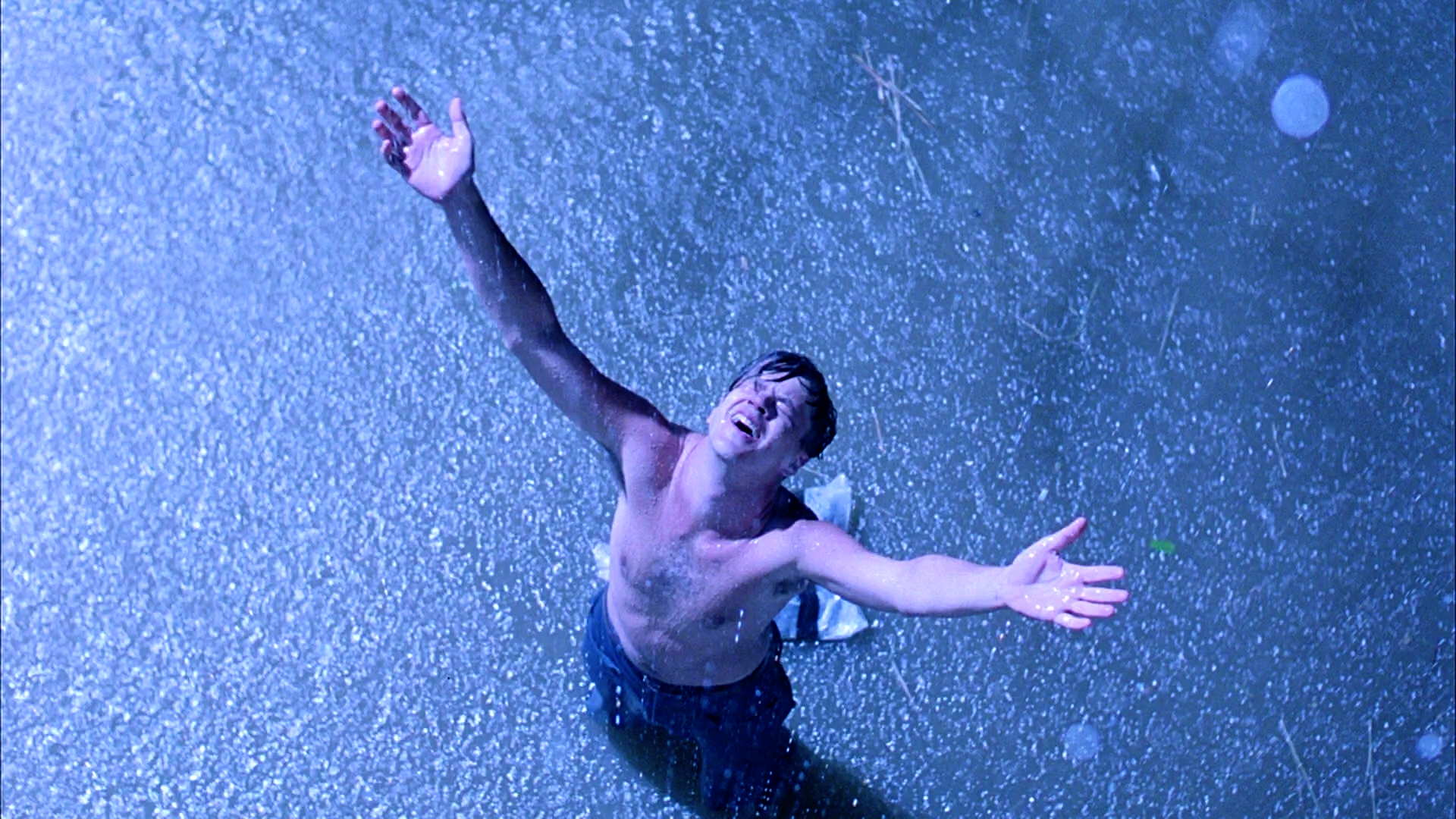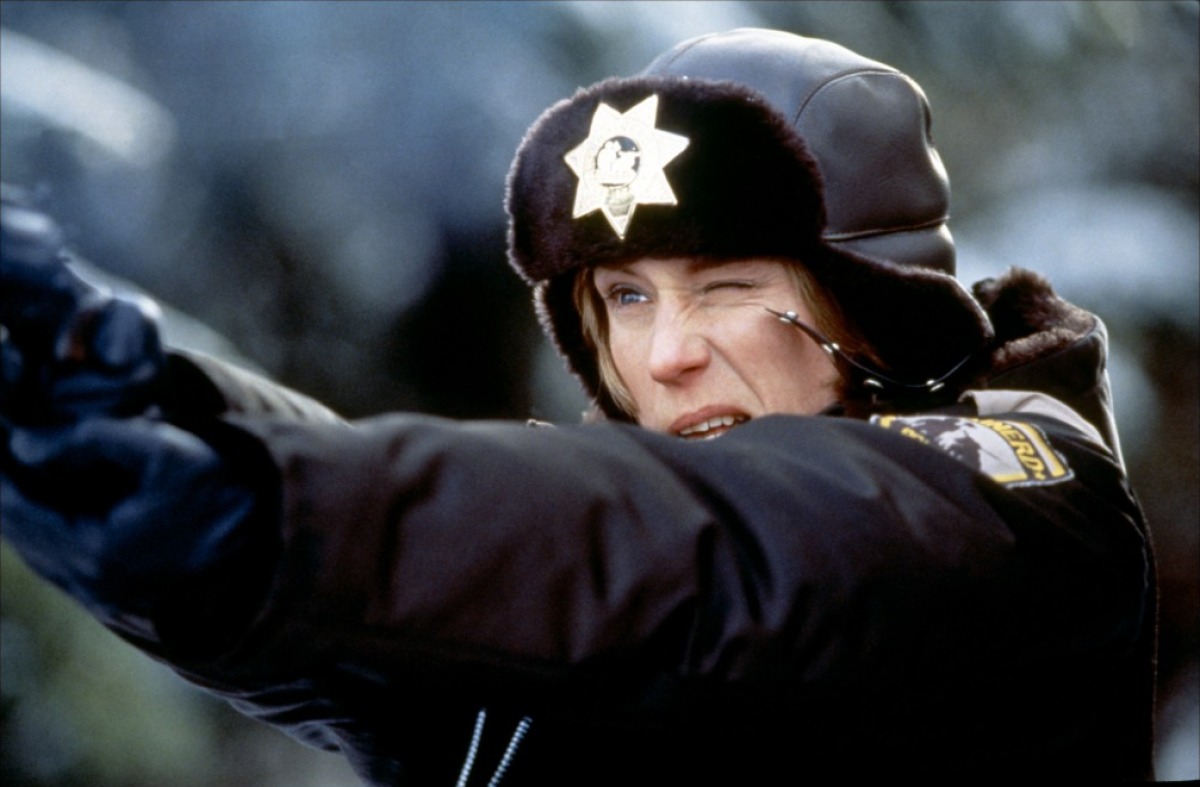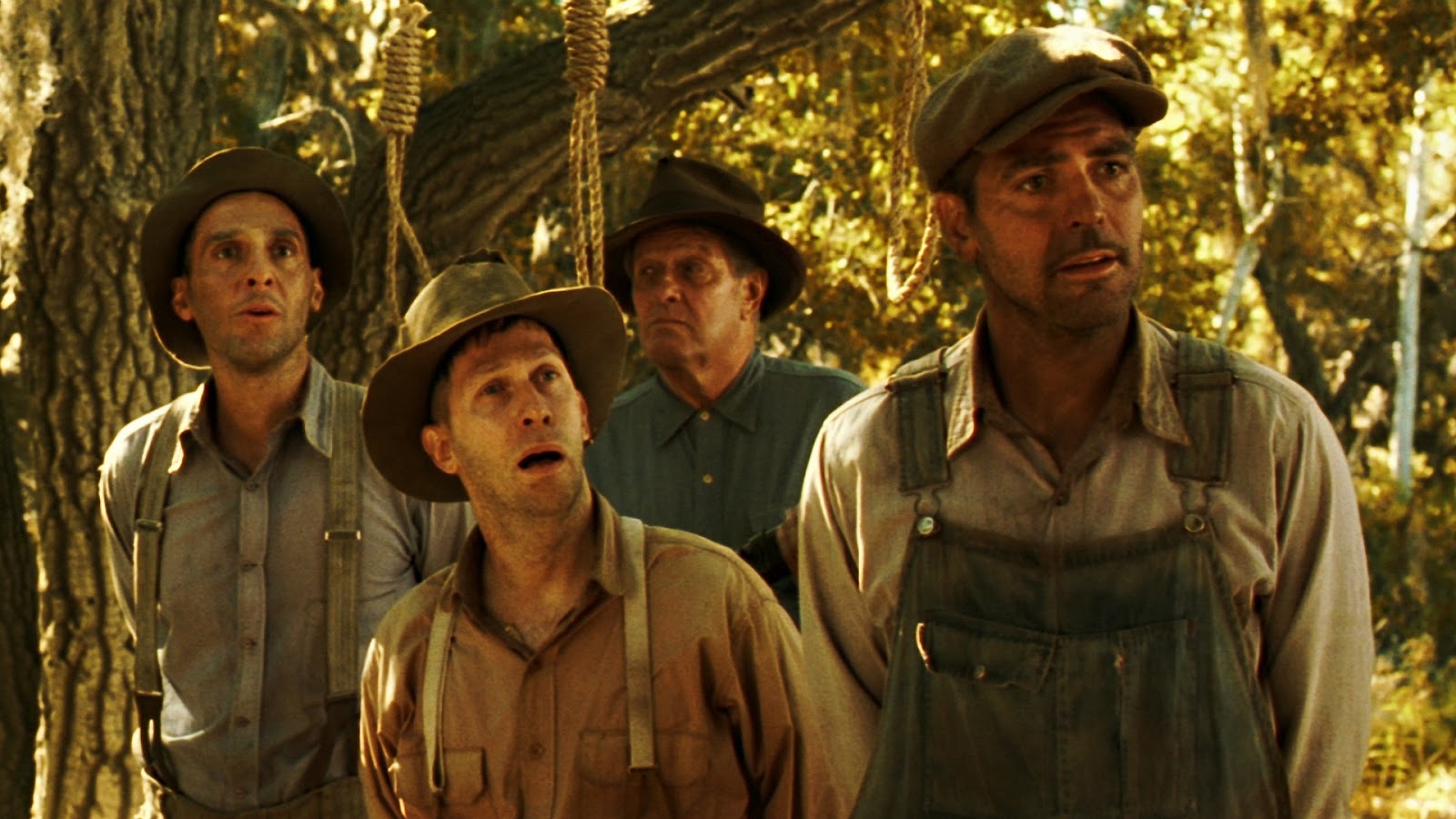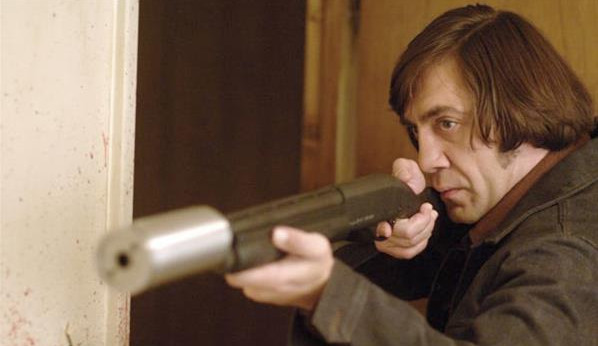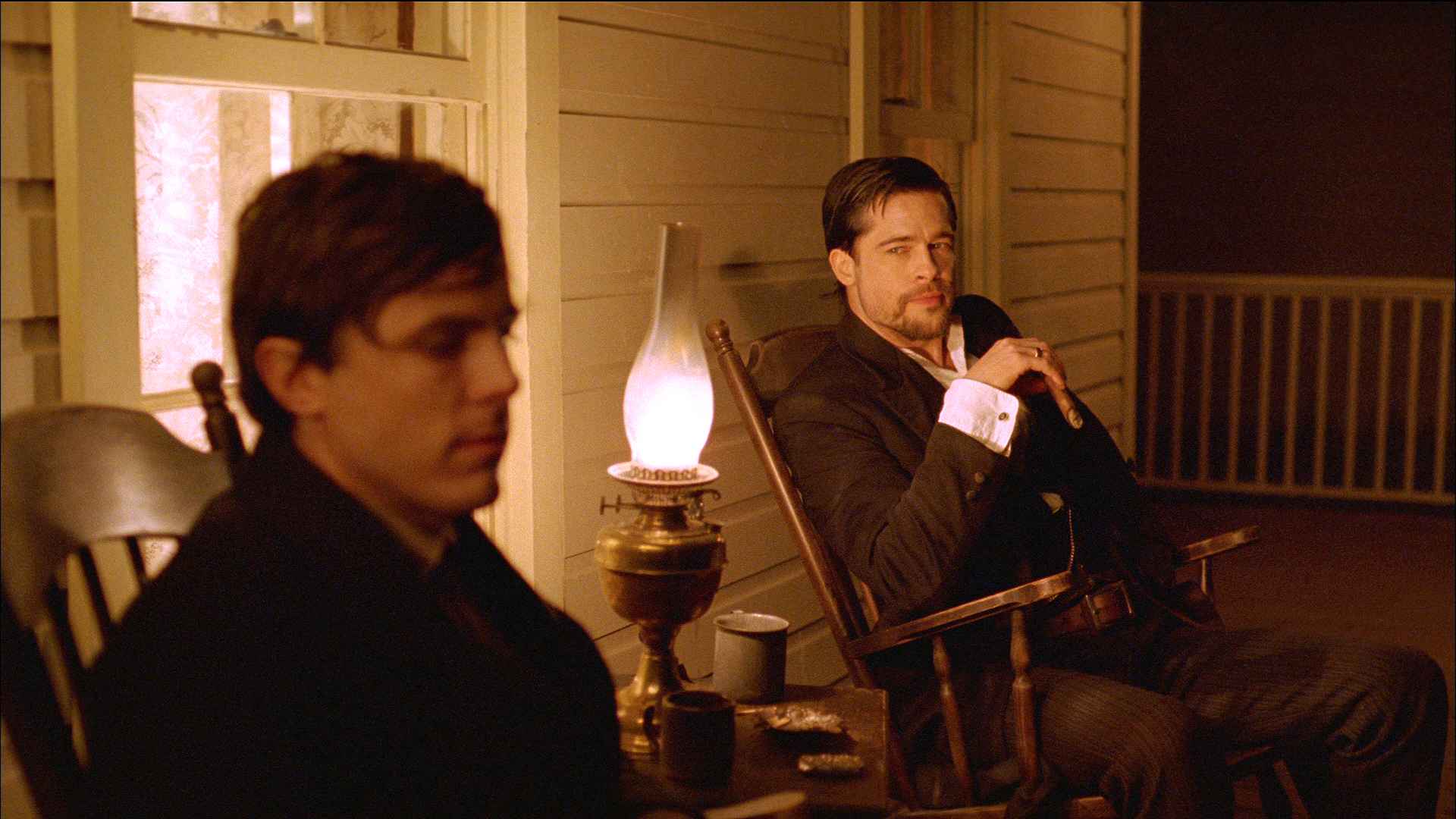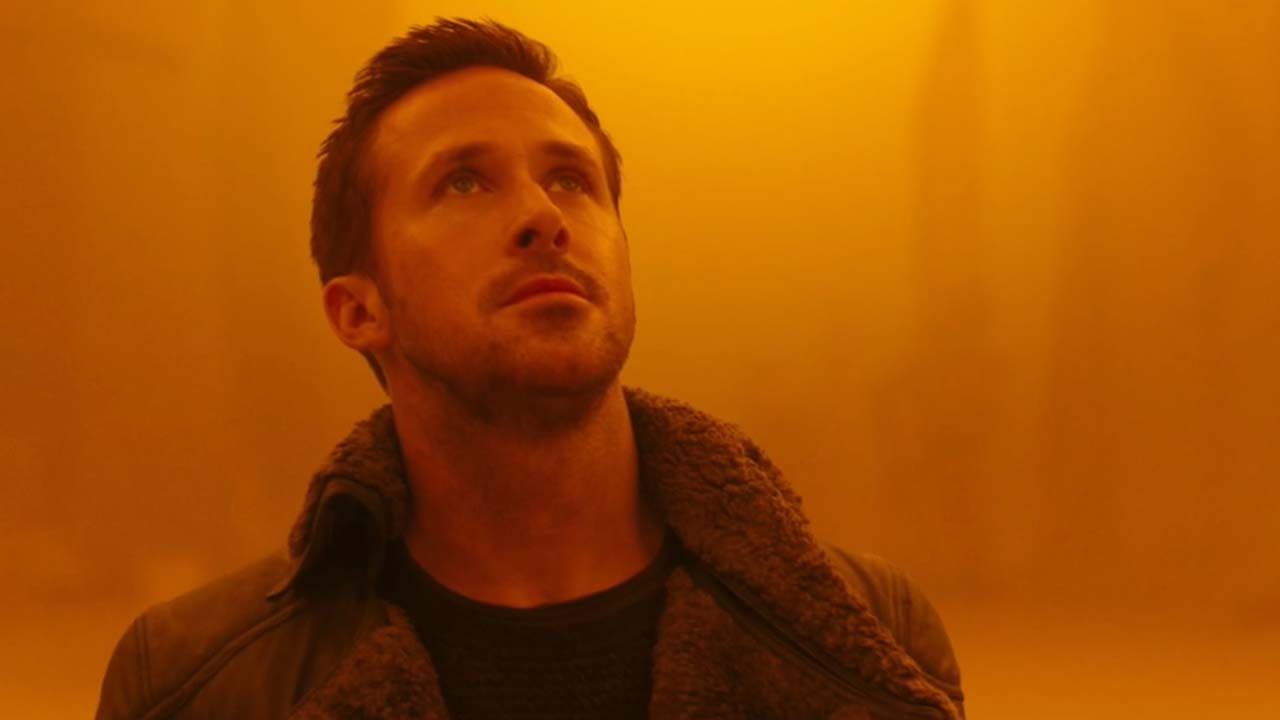
One of the great composers when it comes to visual story-telling, Roger Deakins has found a solid position for himself next to the greats of cinematography. Born in Devon, England, Deakins studied at the National Film School. Soon after graduation he began work in documentaries that took him around the world from Australia to Africa. After doing many documentaries, Deakins began work on feature films, starting first in England with Michael Radford’s Nineteen Eighty-Four. After a short stint in England, he began work on American films. His first major splash in American cinema came with Alex Cox’s Sid and Nancy in 1986.
Since then, Deakins has worked with a number of top-tier directors and auteurs, ranging from frequent collaborators Joel and Ethan Coen to Martin Scorsese. Deakins has been nominated for 14 Oscars in the Best Cinematography category, and has won multiple other awards including those from BAFTA and AFI. A member of both the American Society of Cinematographers and British Society of Cinematographers, Deakins is one of the most recognized and respected cinematographers working today.
Throughout his 30-plus-year career, Roger Deakins has created some of the most beautiful and evocative images ever committed to film. Although simplistic, his style and methods are almost immediately recognizable.
A great emulator and friend of the late great Conrad Hall, Deakins has always been a proponent of story over style. He has been quoted many times saying that the best compliment a cinematographer can receive is that his or her work has gone unnoticed. The cinematographer is almost always an overlooked position when it comes to crediting the success of a film. Without a confident cinematographer, many of history’s greatest films would not be as successful or memorable as they were.
This list is by no means comprehensive, and the films listed are in chronological order. This list does contain spoilers.
1. The Shawshank Redemption (1994) – Dir. Frank Darabont
Set in 1940’s Maine, the film follows Andy Dufresne (Tim Robbins), a “hotshot” banker who is framed and prosecuted for the murder of his wife and her lover. The film largely takes place in Shawshank prison, where Robbins meets Red (Morgan Freeman) along with other inmates and learns to survive within the confines of the prison gates.
Deakins camera work is as beautiful as it is simplistic in this intimate and powerful film that captures the endurance of the human spirit. Deakins uses rich browns and soft, golden shafts of light to give the harsh environment of the prison an almost painterly quality. Deep black shadows plague Robbins’ and other inmates’ cells at night as they wrestle with their pasts and unsure futures.
The finale detailing Robbins’ escape crescendos to an emotional and satisfying release as he slithers out of a sewer pipe into a riverbed amidst a thunderstorm. The bright flashes of lightning illuminate his rebirth and reentry into the outside world after his wrongful imprisonment.
2. Fargo (1996) – Dir. Joel and Ethan Coen
Deakins’ third collaboration with the Coen brothers sees him tackle the harsh and bitter landscape of wintry Minnesota. In this dark comedy, a high-strung car salesman (William H. Macy) hires a pair of amateur hitmen (Steve Buscemi and Peter Stormare) to kidnap his wife in exchange for a ransom to be paid by her father. After a botched kidnaping, the trio soon fall under the investigation of a pregnant police officer (Frances McDormand) as she questions and tries to make sense of a crime that seems nonsensical and avoidable all at once.
Deakins’ photography of the frigid Minnesota landscape is both bleak and serene. The directness with which he captures the small suburban town and rural countryside where the film takes place is stunning and direct. A simple overhead shot of William H. Macy walking to his car after a bad day at the office tells the viewer everything they need to know about his character without a word of dialogue.
3. O’ Brother, Where Art Thou? (2000) – Dir. Joel and Ethan Coen
Another collaboration with the Coen brothers, this comedy, which was based on Homer’s Odyssey, centers on a trio of escaped convicts led by George Clooney’s Everett as he and Coen regular John Turturro, along with Tim Blake Nelson, travel across southern 1930’s America to claim a mysterious treasure. Along the way they encounter several obstacles including a one-eyed Bible salesman played by John Goodman and a haunting lawman hell-bent on either returning them to the chain gang they escaped from or putting them in the ground.
Deakins uses a parched eye to detail the dry and dirty landscape of 1930’s Mississippi. His landscapes are dusty and yellow, like the withered grass that lines the dirt roads our heroes travel as they make their way to their reward. Oil lanterns and dead wood adorn small shacks and barns as Clooney and his gang hide from the law and impose on old friends and family members to shelter them after their escape.
A rousing ending featuring a rendition of the Stanley Brothers’ “Man of Constant Sorrow” takes place in a theatre hall filled with tobacco smoke and filament lights that creates a picturesque look at the bluegrass movement that started in the South during the 1920’s.
4. No Country for Old Men (2007) – Dir. Joel and Ethan Coen
In this 2008 adaption of Cormac McCarthy’s novel, Josh Brolin plays a down-on-his-luck Texan who stumbles on a drug deal gone bad between a group of Mexican cartel dope-runners. When the cartel hires a mysterious hitman (Javier Bardem) to retrieve their stolen cash, the bodies begin to pile up and Sheriff Ed Tom Bell (Tommy Lee Jones) investigates the destruction left in Bardem and Brolin’s wake. This cautionary tale of an aging society and unstoppable evil is as poignant as it is damning.
The atmosphere Deakins creates here is by far his most haunting and garish. Hard beams of amber light fall across the characters in dark interior scenes, silhouettes are used heavily during Brolin and Bardem’s games of cat and mouse. Nighttime exteriors take on a nightmarish quality as Brolin stumbles his way across an empty Texas street, bloody and broken after one of his encounters with Bardem. A terrifying scene in which Brolin’s character is chased at dawn by a truck carrying cartel members perfectly encapsulates the futility of trying to run from evil and impending destruction.
5. The Assassination of Jesse James by the Coward Robert Ford (2007) – Dir. Andrew Dominik
Debuting just weeks after No Country for Old Men, Andrew Dominik’s biopic of Jesse James, starring Brad Pitt and Casey Affleck, is a sprawling and tender picture of the infamous outlaw’s last years before his murder. Pitt plays the notorious outlaw James and Affleck his admirer and hopeful protégé Robert Ford. The film chronicles Affleck’s obsession and infatuation with Pitt’s James as he takes the 19-year-old under his wing only to be betrayed by the coward and his brother (played expertly by Sam Rockwell). A heartbreaking tale of the dangers of immortalization and fantasy, Dominik’s western is one of the greatest of the last 20 years.
A sharp contrast to Deakins’ previous work on No Country for Old Men, James is a picturesque painting of the American West. Here haunting shadows and hard lighting is traded for vignettes and soft, milky lighting. Almost every frame could be seen hanging above a grand fire place on canvas.
Extraordinary landscapes are photographed with incredible poignancy and grace as Affleck’s Ford succumbs to the magnetic and child-like charm of Pitt’s James. Soft and delicate interiors are brought to life by lanterns and warm fire places. A haunting train robbery starts with the locomotive making its way through the trees as its light scatters shadows on James’ eager bandits waiting to board and rob its passengers.
